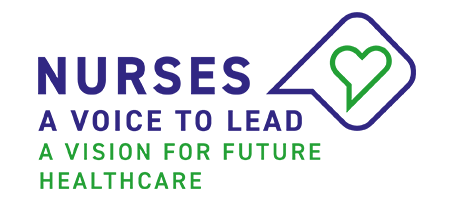Home Phototherapy - a collaboration between the Neonatal Clinic and the Obstetrics Clinic at Rigshospitalet
Traditionally, newborns who need phototherapy are admitted to the Neonatal Clinic or the maternity ward for a few days of phototherapy. But hospitalization can delay or disrupt the process of parent-infant bonding which begins naturally during pregnancy and continues after birth. For many families, it is therefore better to receive home phototherapy if it is organised in a safe manner. The Neonatal Clinic at Rigshospitalet, Denmark has a good collaboration with the maternity ward, so families from both sections are offered home phototherapy and training of parents and follow-up on the treatment are centralised to optimise resources.
The home phototherapy is provided by the outpatient clinic at the neonatal ward staffed with experienced neonatal nurses. The department prepared a booklet with parental information and a guidance for the workflow; and the project was introduced to the staff of both the neonatal and the maternity ward. The nursing care for the families includes a thorough introduction and guidance of parents before they are sent home and a new appointment in the outpatient clinic to check the level of serum-bilirubin. The outpatient care is managed independently by a nurse, who can consult a doctor in case of clinical doubt. In addition to home phototherapy, there is often a need for advice on breastfeeding establishment, nutrition,well-being, general infant care and assessment of the child’s wellbeing. Therefore, the outpatient clinic is managed by very competent nurses, who have been in the clinic for several years and have intensive special training managed. With a focus on giving the families the best conditions and a family-centred care, the nurse supervises the child on home visits and, in some cases, takes blood samples at home.
During the project period, regular meetings are held between the neonatal and the maternity ward to adjust work procedures and to evaluate the set-up. In 2019, a total of 103 children received home phototherapy and it was decided to establish home phototherapy as a permanent offer for all families.
For each child included in the project, the date of the start and end of the treatment was noted. In the period June-August 2019, the number of outpatient visits and the duration of these visits were also noted. Of the 103 children included in 2019, 17 were measured in the period from the end of May to the beginning of August 2019. Data showed that the children needed an average of 3-4 visits to the outpatient clinic. In case of well-being problems or prolonged jaundice, the average need for visits was 5-8 visits. All visits had an average duration of 30 minutes.
The nurses’ feedback has been a contributing factor in assessing the success of this project among the families. An interview with one family, whose statements had previously been used and published in Rigshospitalet’s newsletter “IndenRigs”, formed the basis of the measurement of parental security and satisfaction. The following excerpts from the parent interview clearly show the parents’ positive experiences with home phototherapy:
“It was so nice that we could come home with the light blanket. It meant the whole world”, explained the mother. And the father added: “It was no problem at all to have it at home, it is an easy device to handle. When we came home and gave her the light blanket, it was all easier and our daughter behaved more calmly than in the hospital,” he explained. “And maybe she got even more light because she didn’t cry so much, and we were calmer.” The family here has something to compare with; they were first admitted for 24 hours to the maternity ward, where their daughter received light treatment. Then they were given the option to go home with a light blanket instead. The parents were happy that they accepted the offer: “When we got home, we had to give her light all the time, but we could drink coffee and watch television whenever we wanted, as she just laid in the light. The stress level is completely different, explained the father, who elaborated: “In the maternity ward, you sleep with others who have a child, and you do not want to disturb them. But the blue light lights up the whole room, and you feel you are disturbing the neighbours very much; it is a stressful situation. And you get rid of that at home.” Both parents of the newborn girl are therefore in no doubt: they would definitely recommend the home treatment for jaundice to all other families.
The project shows that home phototherapy is practically feasible, and that the maternity ward and parents surveyed have expressed satisfaction with the set-up. Furthermore, the duration of the treatment does not appear to be prolonged. To investigate parental satisfaction in more detail, it would be an idea to do a focus group interview with the parents. It would also be interesting to investigate the economic perspective of the home therapy.

